| Cue | Notes |
| What is contextual interference? | Change the pattern of the rhythm to make it more challenging. Focus on specific sections. |
| What is desirable difficulty? | Make everything a bit more difficult. Not to the point where you hit a “dreaded plateau” but just enough that isn’t to easy. |
| How to get to a desirable difficulty? | Find the areas that are the hardest and work on those so you can add them to the whole song. Practice 5-10 minutes so you don’t get overwhelmed. |
Making Motives with Triads
What I did for this project was go into online sequencer and pick random instruments and make a 3 note motive. It was a lot of fun and helped me come up with a lot of random little melodies!
Melody Terms and Definitions
In music, a triad is a set of three notes (or “pitch classes“) that can be stacked vertically in thirds.[1] The term “harmonic triad” was coined by Johannes Lippius in his Synopsis musicae novae (1612). Triads are the most common chords in Western music.
When stacked in thirds, notes produce triads. The triad’s members, from lowest-pitched tone to highest, are called:[1]
- The root
- The third
- The fifth
– Triad definition from Wikipedia
- Theme – a longer, more flowing melodic idea
- Motive – a short, rhythmic idea
- Period – 8 (ish/around 8) measures of music
- Phrase – 4 (ish/around 4) measures of music
- Antecedent (Question or First) Phrase – sets the music up and leads you to expect something
- Consequent (Answer or Second) Phrase – releases the tension built up by the first phrase
- Scale Degrees:
- Tonic Scale Degree – the note that begins and ends the scale, the note that releases the tension, one scale degree that creates a feeling of stability and resolution.
- Supertonic, Mediant, and Submediant Scale Degree – scale degrees with a moderate level of tension useful for transitioning and carrying on an idea
- Dominant, Subdominant, and Leading Tone Scale Degree – the notes that build tension, several scale degrees that create a high level of tension/the need to resolve the tonic
- Steps – any movement using half or whole steps
- Leaps – any movement using intervals larger than a whole-step
- Conjunct motion – melody built primarily out of steps that move smoothly (example: moving in a scale)
- Disjunct motion – melody built primarily using leaps
- Repetition (the god particle of music) – use repeated material to create a link between the two phrases of a period
- Contrast – write two phrases that contain contrast material to create tension and interest
- Variation – halfway between repetition and contrast. The two phrases include some recognizable material and some varied material.
Composition term definitions from Dr. Henke’s video: How to Write a Melody
- Dr. Jamie Henke, artsdivision.wisc.edu/staff/jamie-henke-jamie-henke/
My Motives
https://onlinesequencer.net/2586207
https://onlinesequencer.net/2588435
https://onlinesequencer.net/2588435
https://onlinesequencer.net/2590954
Feedback
“Everything sounded pretty cool for the resources you had.” – Carson
“I really liked the small random instrument parts in some of the songs” – Connor
What I Learned & Problems I Solved
Something I learned was how to use the motive making website. A problem I solved was creative block by just picking a random instrument and 3 random notes and going off of what ever comes out of that.
February 2022 SMART Goal Project

SUMMARY
Role
I am the one playing the guitar in the recordings.
Intention (SMART Goal)
My intention for this months project is to be able to do multiple different scales easily and work off of them to be able to write my own riffs. I focused on major scales so I could get the muscle memory of the shape I had to use. In the recordings I played A major scale.
PRE-PRODUCTION – INQUIRY
Leader(s) in the Field / Exemplary Work(s)
I look up to Ira George and Dave Grohl.
Training Source(s)
Some of my training sources are my friends helping me learn how to play scales a bit easier and songs that fit with those scales. Also watching youtube videos that break down the scales.
SMART Goal Schedule
My smart goal schedule was to practice anytime I was in class and to put working on scales in my practicing at home.
PRODUCTION
SMART Goal Starting Point Evidence
SMART Goal Ending Point Evidence
POST-PRODUCTION – REFLECTION
21st Century Skills
Ways of Thinking (Creativity, Innovation, Critical Thinking, Problem Solving)
Something that helps me be creative is to listen to music by people that inspire me and have a similar playing style to me.
Ways of Working (Communication & Collaboration)
Collaboration is really easy in this class. It helps sitting next to people you’re comfortable with that way you can ask questions or advice on an issue you’re having.
Tools for Working (Info & Media Literacy)
Some tools that are helpful are videos on youtube, my friends and teachers, and simply just thinking about how things work.
Ways of Living in the World (Life & Career)
How I could apply these skills to real life would be by being able to learn new things but notice patterns in how things work.
Self-Evaluation of Final Version
I think that I did pretty good but it didn’t really change much.
What I Learned and Problems I Solved
I learned that I have a tenancy to only pick with my thumb instead of all my fingers. I’ve been working on not doing that and using all my fingers or just a pick. Anytime I notice that I start using only my thumb I stop what I am doing and start over with my fingers.
Grammar and Spelling
Pretty good.
Editor
Carson Cathy
My Song Blog
Summary
The song that I wrote this week I am really proud of. My goal with this song is to actually end up finishing it with lyrics and everything. I hope that this song makes people feel like they could drive to it or sit alone and just vibe with it. I just hope it makes people feel something.
Questions
- What is something I could add?
- Is there something I should take out?
Peer Feedback
Song Analysis: Moonlight by Ali Gatie
Summary
I wrote about the song Moonlight by Ali Gatie because it is one of his songs that is a lot like poetry and I really admire his music. Plus it sounds a lot like lofi music which is one of my favorites to write.
Song Analysis
| TOPIC | MY RESPONSES |
| SONG TITLE | Moonlight |
| COMPOSER(S) | Ali Gatie |
| YEAR | 2019 |
| COUNTRY | Canada |
| If you could work on this song (change it), what would you change and why? | I would change the melody a little bit. |
| What is the song GENRE? | R&B/Soul |
| What is the song KEY? | B |
| What is the song TEMPO? | 120 |
| What do you like about the RHYTHM? | I think that you can just sit back and feel it and it’s not super upbeat. |
| What do you like about the ARRANGEMENT? | I like how everything flows. |
| What do you like about the MIX? | I love just how it all fits so perfectly and everything is the right volume. |
| What do you like about the TIMBRE of some or all of the instruments? | I really like that there strings and bass in the beginning and they made the bass a little louder than the strings which is different. I also love that how the guitar pretty much does the same thing the whole time. |
| What do you like about the PITCH of some or all of the instruments or vocals? | I like that it is a bit lower and then gets higher in the middle of the chorus because it makes it more calm. |
| Are there particular TRACK(S) that stand out? | The acoustic guitar that is the last thing playing along with the singing. |
| Finally, what do you like about the overall COMPOSITION? | I think one of my favorite parts is how he writes. In a lot of Ali Gatie songs its just poetry with some nice sounds. |
School of Rock – Week 14 – Intro to Analysis
“Day 94 – music analysis on a road trip #100daysofdatasketches #the100dayproject” by Kelly-Ann’s Pics! is licensed under CC BY-NC 2.0
“Theory is a six-letter dirty word to most musicians, but hey, musicians love dirty words, right? And just like all the other dirty words, theory is easy to learn and fun to use!”
― Ray Harmony, Hack Music Theory, Part 1: Learn Scales & Chords in 30 minutes
SUMMARY
This week I’ve done a lot of homework for other classes but this classes homework was nice and easy which was really nice because it is a lot less stressful.
OUTSIDE (CREATIVITY, PRODUCTIVITY & THE BRAIN)

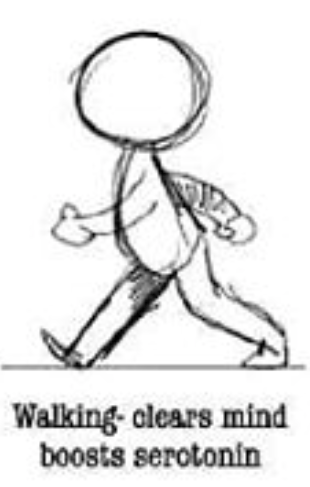
Some things that help me a lot with dealing with anxiety is to do breathing exercises. There are so many different variations you can do but by doing them they slow your heart rate and force you to focus on something other than why’re you’re anxious in that moment.
CONCERT
I listened to the song So Far Away by Crossfade.
WHAT I LEARNED and PROBLEMS I SOLVED
Some problems I solved this week are getting my homework done in a good amount of time.
Song Analysis: So Far Away
Ask yourself the following questions:
| TOPIC | YOUR NOTES |
| SONG TITLE: | So Far Away |
| COMPOSER(S): | Crossfade |
| YEAR: | 2004 |
| COUNTRY: | America |
| If you could work on this song (change it), what would you change and why? | I think it’s already perfect. |
| What is the song GENRE? | Hard rock |
| What is the song KEY? | E minor |
| What is the song TEMPO? | 106 bpm |
| What do you like about the RHYTHM? | I love how it isn’t just a simple few beats. It sounds more complex |
| What do you like about the ARRANGEMENT? | I like how they repeat the main line for the intro and bridge but not in an annoying way |
| What do you like about the MIX? | I like the bit of over lapping in some parts of the song. |
| What do you like about the TIMBRE of some or all of the instruments? | I love that you can tell that this is an early 2000’s rock song just by how the guitar sounds and how the singer is singing. |
| What do you like about the PITCH of some or all of the instruments or vocals? | I like that it they are all not super high but not to low so it is almost at the perfect pitch. |
| Are there particular TRACK(S) that stand out? | Some of the guitar tracks over lap each other and it sounds really cool together. Also some vocals. |
| Finally, what do you like about the overall COMPOSITION? | I just love how everything fits together. How it starts with some little guitar and quiet singing and then the guitar gets loud and the drums start and it just fits so good. |
“A song is a musical composition intended to be performed by the human voice. This is often done at distinct and fixed pitches (melodies) using patterns of sound and silence. Songs contain various forms, such as those including the repetition and variation of sections.” wikipedia.org/wiki/Song
School of Rock – Week 13 – Changes

“Music can name the unnameable and communicate the unknowable.” – Leonard Bernstein
SUMMARY
This week I practiced my guitar and worked in soundtrap. I watched one of Justin’s videos and learned string muting and I also watched a video by Clark Eagling that explained how to arrange parts of a song in soundtrap.
PRACTICE ROOM (GUITAR LESSONS)
I watched one of Justin’s videos about string muting. It helped a lot but I am going to have to practice this a lot!
Chose from the following…

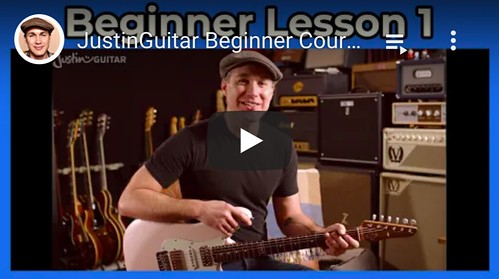
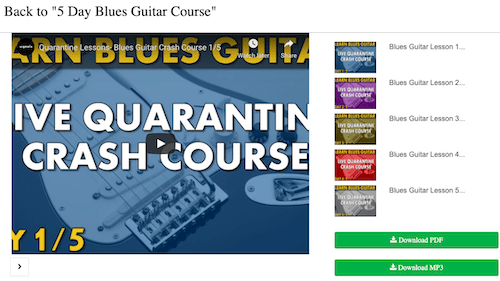
signalsmusicstudio.com
How interested in learning more about playing the guitar?
- 1 (YUCK!)
- 2 (not really)
- 3 (sorta interested)
- 4 (interested)
- 5 (YES!)
Your score: 5
CLASSROOM (THEORY & ANALYSIS)
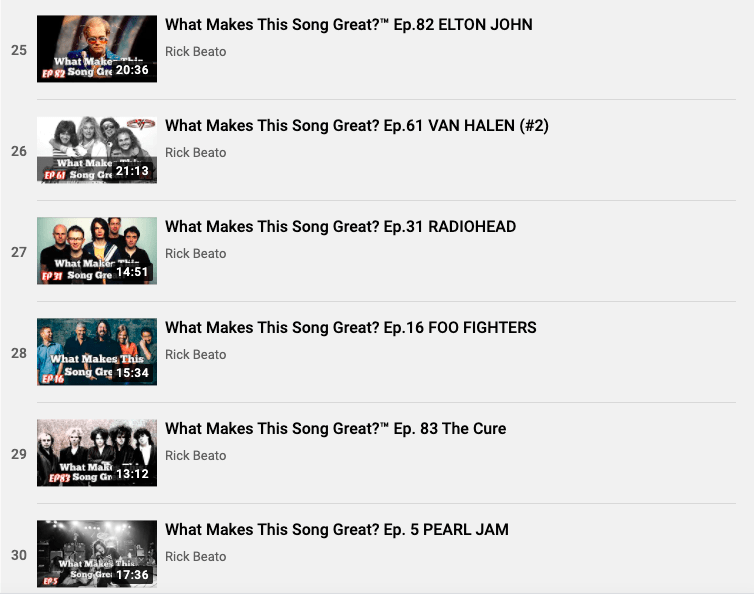
How interested in learning more about music theory and song analysis?
- 1 (YUCK!)
- 2 (not really)
- 3 (sorta interested)
- 4 (interested)
- 5 (YES!)
Your score: 3
LAB (THEORY PRACTICED)

How interested in learning more about HookLab and HookTab?
- 1 (YUCK!)
- 2 (not really)
- 3 (sorta interested)
- 4 (interested)
- 5 (YES!)
Your score: 4
OUTSIDE (CREATIVITY, PRODUCTIVITY & THE BRAIN)
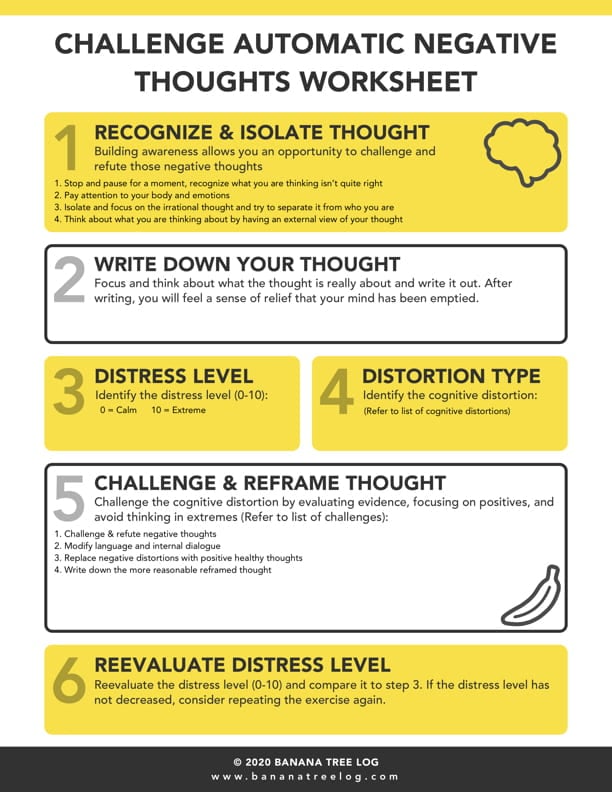

How interested in learning more about music theory and song analysis?
- 1 (YUCK!)
- 2 (not really)
- 3 (sorta interested)
- 4 (interested)
- 5 (YES!)
Your score: 2
STUDIO (SONGWRITING)
How interested in songwriting, song structure, and music production?
- 1 (YUCK!)
- 2 (not really)
- 3 (sorta interested)
- 4 (interested)
- 5 (YES!)
Your score: 4
CONTROL ROOM (RECORDING & MIXING)
In this room I watched Clark Eagling: Soundtrap tutorial 5 – Arranging the song, Mixing and adding effects and kind of experimented a little bit in soundtrap.
How interested in recording, engineering (sound effects, EQ), and mixing?
- 1 (YUCK!)
- 2 (not really)
- 3 (sorta interested)
- 4 (interested)
- 5 (YES!)
Your score: 5
WHAT I LEARNED and PROBLEMS I SOLVED
I learned about string muting and I learned some new songs on my guitar. Some problems I solved were organizing my homework and getting it all done in time!
School of Rock – Week 11 – Updating Workflow – Mind Like Water

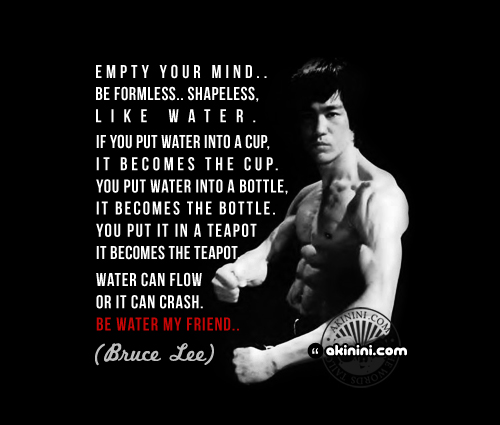
“‘Be shapeless and formless.. like water’ (Bruce Lee)” by Akinini.com is licensed under CC BY-NC-ND 2.0
“Have a mind like water.”
― David Allen, GTD
SUMMARY
This week I worked in soundtrap for about an hour and I watched the video of how to write a song.
PRACTICE ROOM (GUITAR LESSONS)


How interested in learning more about playing the guitar?
- 1 (YUCK!)
- 2 (not really)
- 3 (sorta interested)
- 4 (interested)
- 5 (YES!)
Your score: 5
CLASSROOM (THEORY & ANALYSIS)
Holistic Songwriting by Friedemann Findeisen

An Example: The Swift Formula – One Note Melodies



How interested in learning more about music theory and song analysis?
- 1 (YUCK!)
- 2 (not really)
- 3 (sorta interested)
- 4 (interested)
- 5 (YES!)
Your score: 3
LAB (THEORY PRACTICED)

How interested in learning more about HookLab and HookTab?
- 1 (YUCK!)
- 2 (not really)
- 3 (sorta interested)
- 4 (interested)
- 5 (YES!)
Your score: 3
OUTSIDE (PRODUCTIVITY & THE BRAIN)


How interested in learning more about music theory and song analysis?
- 1 (YUCK!)
- 2 (not really)
- 3 (sorta interested)
- 4 (interested)
- 5 (YES!)
Your score: 3
STUDIO (SONGWRITING)
This video was super helpful because he broke it down very easily so it is a lot easier to understand how to write a basic song.


Watch Holistic Songwriting: Do THIS with every song you write | Hit Song Architect S1E3
How interested in songwriting, song structure, and music production?
- 1 (YUCK!)
- 2 (not really)
- 3 (sorta interested)
- 4 (interested)
- 5 (YES!)
Your score: 5
CONTROL ROOM (RECORDING & MIXING)
I spent like an hour in this room making my version of the Avatar theme song.

How interested in recording, engineering (sound effects, EQ), and mixing?
- 1 (YUCK!)
- 2 (not really)
- 3 (sorta interested)
- 4 (interested)
- 5 (YES!)
Your score: 5
WHAT I LEARNED and PROBLEMS I SOLVED
I learned a lot of new things about songwriting and I learned how to do some new things in soundtrap. Some problems I solved were how/when to get my homework done.
School of Rock – Week 10 – GTD – Getting Things Done – Part 2
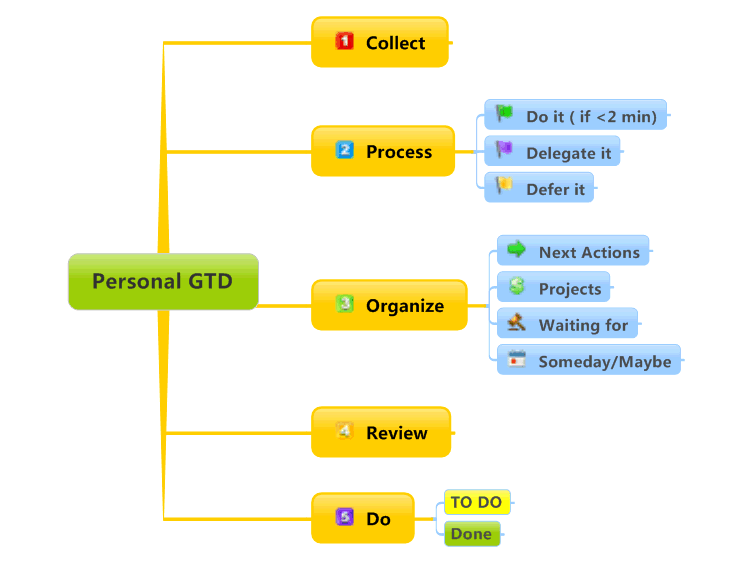
Teens are overwhelmed, partly because they don’t yet have the skills to manage the unprecedented amount of stuff that enters their brains each day. – from LifeHacker.com
“Your mind is for having ideas, not holding them.”
“You can do anything, but not everything.”
― David Allen, (GTD) Getting Things Done for Teens: Take Control of Your Life in a Distracting World
SUMMARY
This week I just was trying to make plans to get all my homework done but also have free time.
PRACTICE ROOM (TUTORIALS)
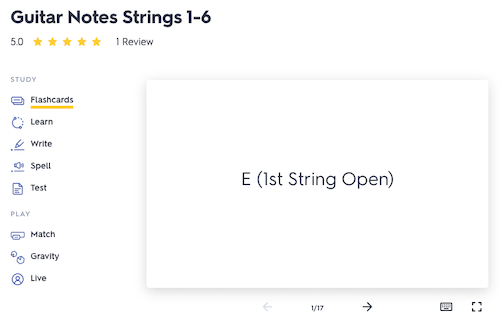
For this room I watched a Justin Guitar video about how to train your ears. It makes it really nice to be able to actually know how to work on your listening skills. I love his videos, they help so much!
CLASSROOM (THEORY & ANALYSIS)

What I’ve learned from David Allen’s Getting Things Done process is to not be constantly doing work. You should make time for breaks all the time that way you don’t get as overwhelmed. Another thing is that you shouldn’t be so hard on yourself because you are doing the best that you can and that is all that matters! We should really take more time for our mental health because if you don’t have a healthy mind, you can’t accomplish tasks as well as if you had a clear, healthy mindset.
LAB (THEORY PRACTICED)

What I learned from this video was that you should build maps of everything that you do, no matter how small it is. You should write the things that you need to get done down, decide the actions and outcomes of these situations and then just make your map. This will help you look at what you need to do and be more organized.

GTD-based Trusted System
- I have an app on my phone that makes it easier to organize what I need to get done and when they need to be done by
- I write down when my homework was assigned on my planner
OUTSIDE (PRODUCTIVITY & THE BRAIN)

I wasn’t able to go for a walk because it’s been very rainy gross so I worked out instead. While I was working out, I started thinking about what days things were due and I was able to actually make a good plan for how and when to get my homework done.
WHAT I LEARNED and PROBLEMS I SOLVED
Somethings that I have learned this week are better ways to organize everything I need to do. Some problems I have solved is getting all my homework done before Sunday that way I have at least one day to have for me because taking time for yourself is very important.